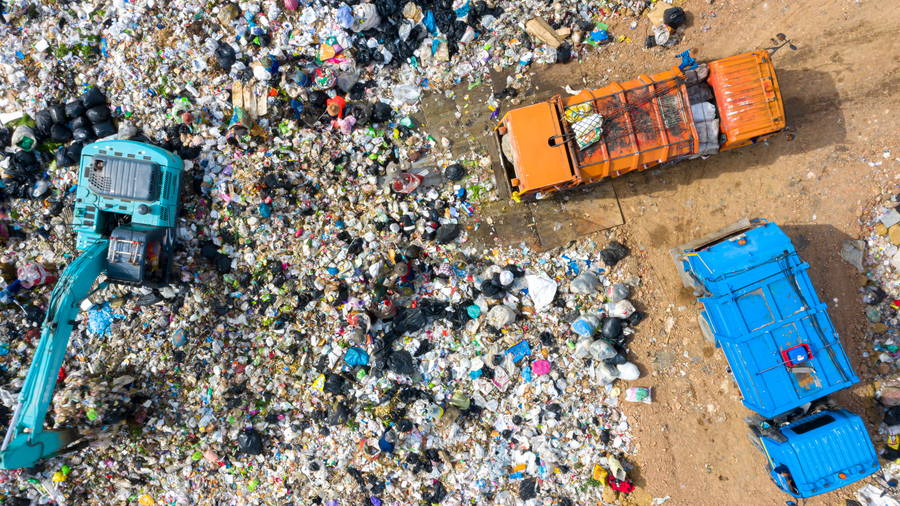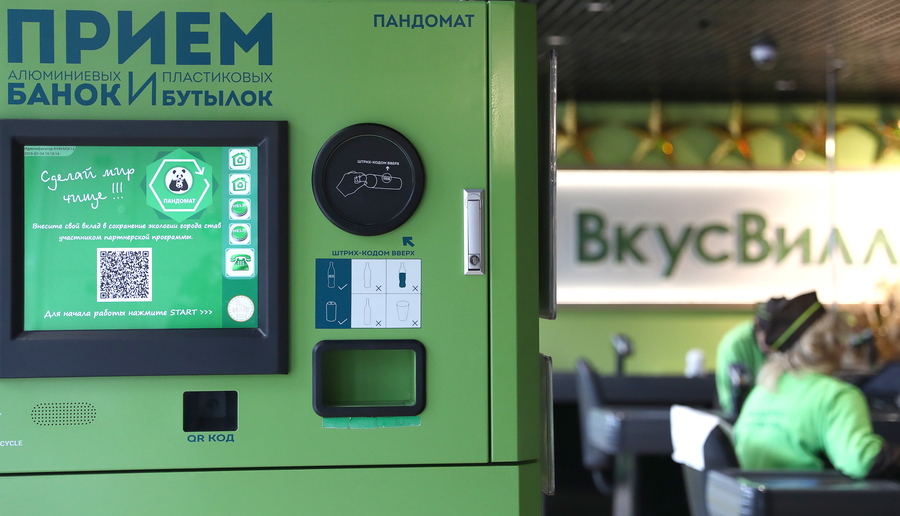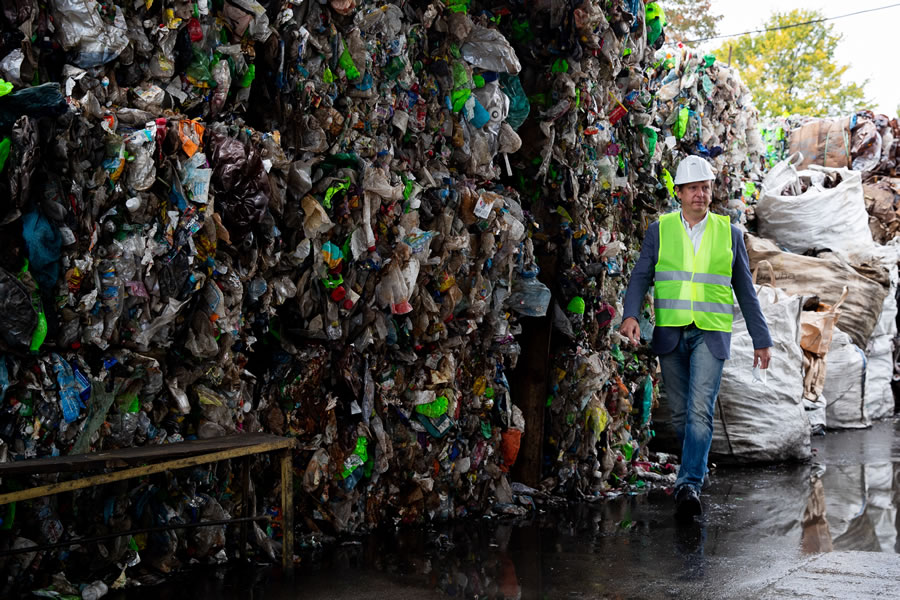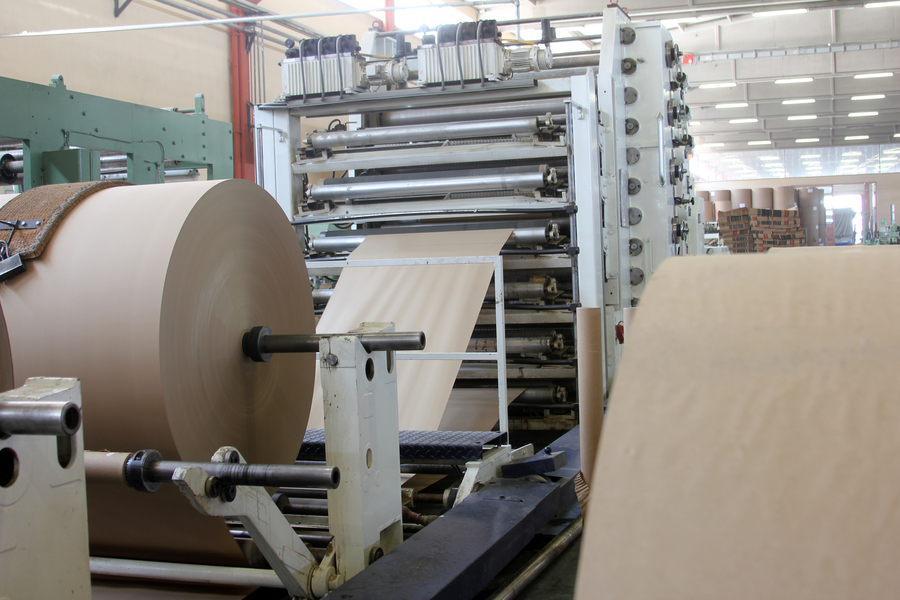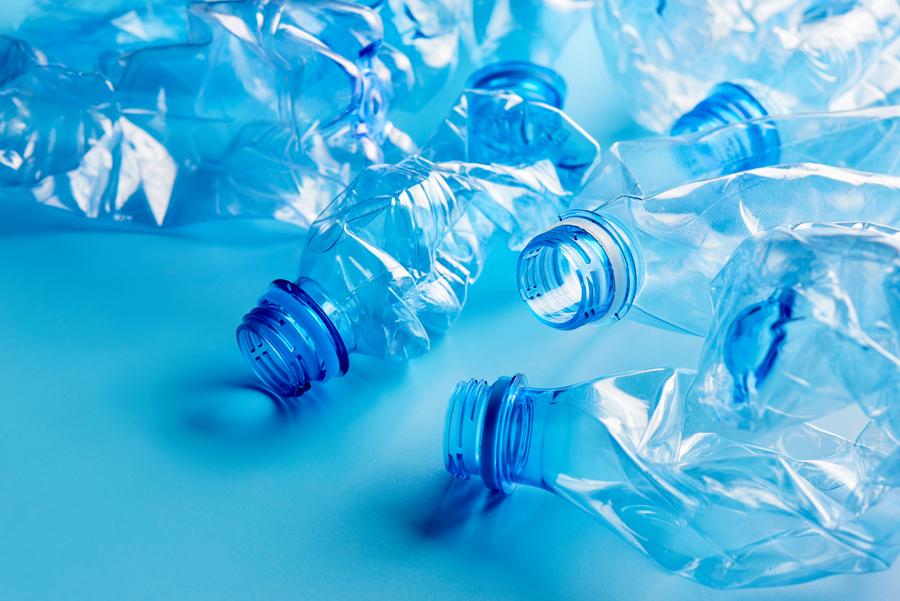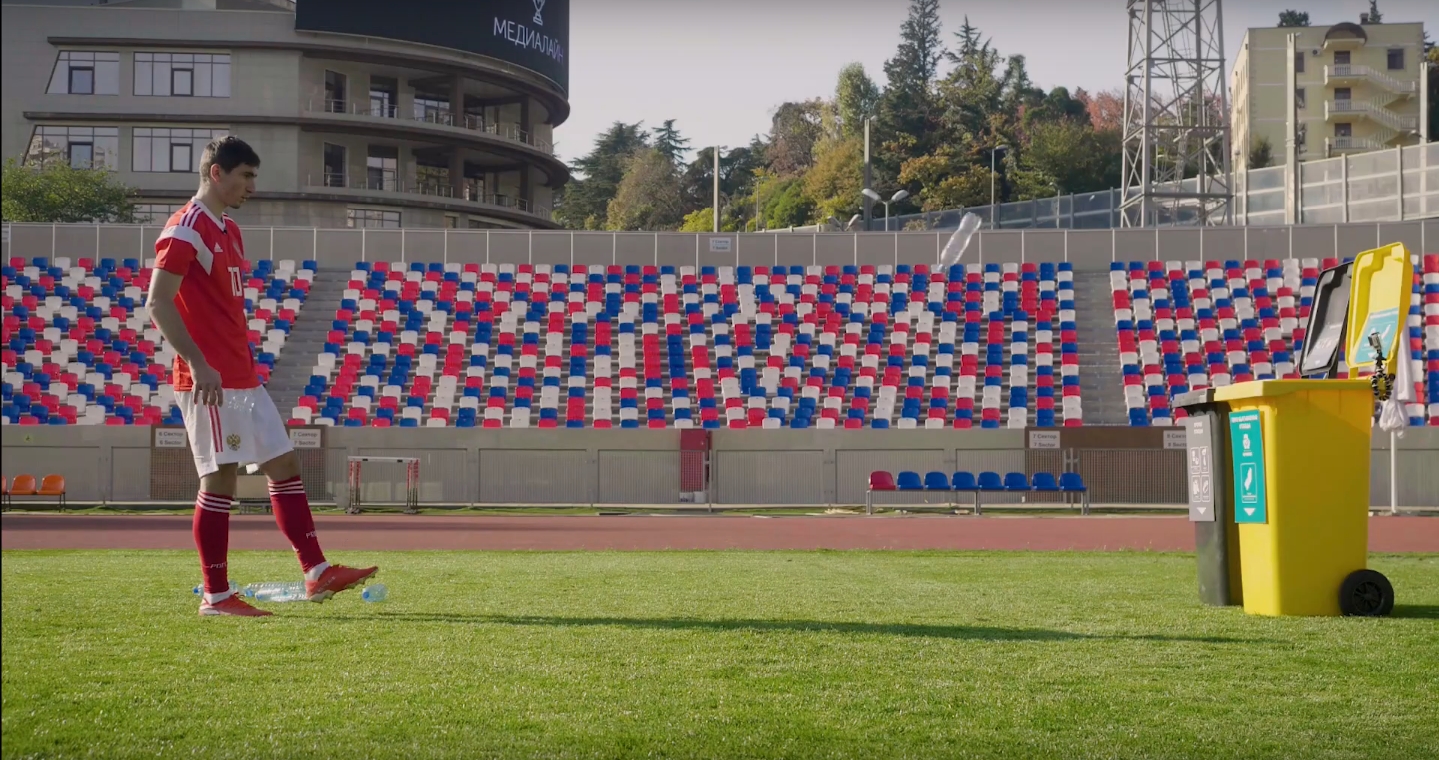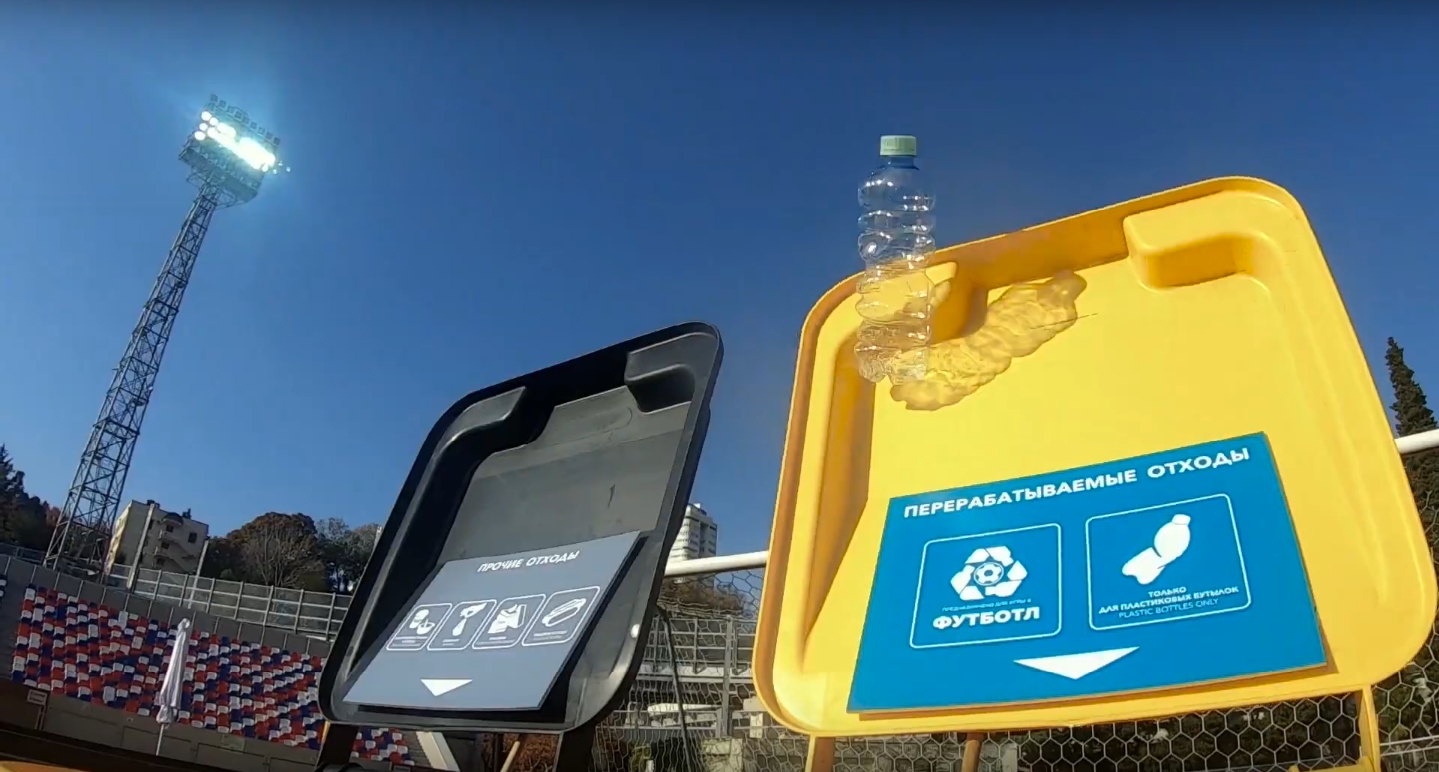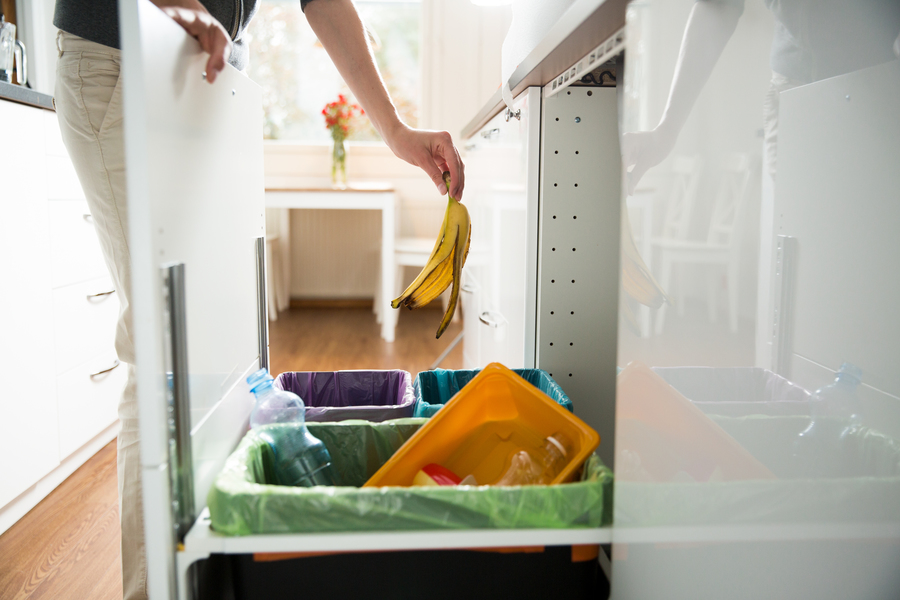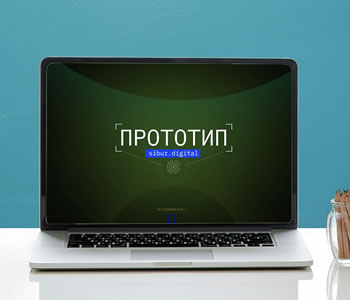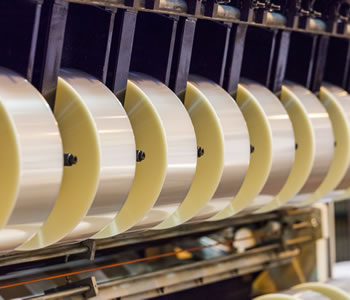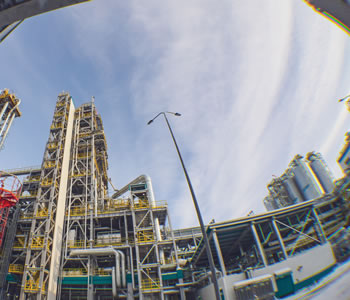As of 1 January, Moscow has switched to a system of sorted waste collection. The initiative concerns not only those living in apartment blocks, but also shops, restaurants and other infrastructure and trade facilities. Governors in other regions have also been instructed to work actively towards adopting waste sorting. However, according to polls run by sociologists, less than half of Russians are ready for the new system. But is it really that hard? Find out in this step-by-step waste sorting guide by Meduza and All Chemistry magazine.
Every year, a total of 2 billion tonnes of solid household waste is dumped around the world, with Russia accounting for 70 million tonnes
Recognise the scale of the problem
Research reports show that 2 billion tonnes of municipal solid waste (MSW) are thrown out every year; Russia produces about 70 million tonnes of that. Almost half (44%) is organic and food waste, another 17% is paper and cardboard, and plastic waste makes up for about 12% (in Russia that accounts for about 3 million tonnes).
Although most of that solid waste could be recycled, around 90% is sent to giant landfill sites to rot. Some materials – including rubber, plastics or metal – take hundreds of years to decompose.
The practice of recycling household waste, including plastics, is, however, something that Russians are finding difficult to get accustomed to. According to Greenpeace, 94% of all waste remains unsorted and is sent to landfill. The problem of MSW production has not only activists and environmental organisations, but also large companies worried. For instance, The Coca-Cola Company plans to fully switch to recyclable packaging by 2025, and fr om 2030 the company promises to collect and recycle the equivalent of every bottle and can they sell globally. Retail chains are also keen not to fall behind. For example, VkusVill has started selling unpackaged goods by weight for customers who bring their own containers. The shops have also been kitted out with plastic bottle collection machines (they collect about 19,500 bottles per month).
As before, most waste still ends up at landfill sites.
In order to streamline and simplify plastic collection for recycling, a classification system was established in the 1980s. Recyclable plastic products were divided into seven groups, each associated with a code number from 1 to 7.
Learn to identify different types of plastic
Plastic is not one but a group of materials. The properties of any particular material depend on the polymers it's made up of. In order to streamline and simplify plastic collection for recycling, a classification system was established in the 1980s. Recyclable plastic products were divided into seven groups, each associated with a code number fr om 1 to 7.
Types of plastics and common use
Polyethylene terephthalate (PET)
It is used to make bottles, food packaging, cosmetics and household chemicals. This plastic offers the best recycling potential. New bottles, textiles, clothes, shoes and even car parts can be produced.
High-density polyethylene (HDPE)
HDPE is used to produce packaging for household chemicals, as well as canisters, basins and caps for plastic bottles. Recycled HDPE can be used to make pipes, bags, toys and containers for household chemicals.
Polyvinyl chloride (PVC)
Universal material used for the production of pipes, electrical insulation, window frames, interior car components, toys and medical products. Recycled PVC can be used to make shoes and floor coverings. However, in Russia this type of plastic is almost never accepted.
Whenever choosing between different types of recyclable packaging, pay attention to the ecological footprint of each material – i.e. the comprehensive impact it has on the environment throughout its life cycle.
Low-density polyethylene (LDPE)
LDPE is used to make cling film, plastic bags and packaging for household appliances. And when recycled, it can be used to make plastic sheeting for greenhouses and medical accessories.
Polypropylene (PP)
Material used to make food containers, baby bottles and disposable tableware. Recycled PP can be used to make pipes, building structures, furniture, car parts, medical supplies and plastic sheeting for greenhouses.
Polystyrene (PS)
Used in the production of disposable tableware, foam and foam trays for supermarket food. This material has limited recycling potential, although it can be used, for example, in construction as an insulation material.
Other types of plastics or combinations of several different types
These products are mostly not accepted for secondary processing in Russia.
Machine for collecting plastic bottles and aluminium cans at a VkusVill store in Moscow.
Several companies in Russia are engaged in plastics recycling. One of them is EcoTechnologies Group, which operates the largest polymer processing plant in Russia. The Tver Polymer Recycling Plant accepts all types of plastic apart fr om the third and seventh. Every month, it can process up to 2,200 tonnes of plastic bottles (50 million units) and 600 tonnes of polyethylene. Most of the recycled materials are used to produce packaging tape on site, while the rest are supplied to other polymer producers. Later, pieces of PET bottles (so-called flakes) and granules are used as the raw material for bottles, fabrics, fitted carpets, insulation, brushes and other everyday objects.
Read the label before making a purchase
When in a store, avoid products that come with single-use packaging. If this is not feasible, try to opt for recyclable packaging. To do that look for a label with the three chasing arrows symbol. In addition to the seven types of plastic, this system is used to identify recyclable goods made of paper, glass, aluminium, and a combination of several materials.
Pressing plastic waste before recycling at the Tver Polymer Recycling Plant, part of EcoTechnologies Group.
A paper bag needs to be used at least 43 times to outperform plastic in terms of environmental impact.
Consider the entire life cycle of a product
Whenever choosing between different types of recyclable packaging, pay attention to the ecological footprint of each material – i.e. the comprehensive impact it has on the environment throughout its life cycle. A lot of people tend to think that plastic is not green, as compared to the supposedly more environmentally friendly options of paper, glass, or aluminium. However, when taking into account the consumption of energy, water and input materials or greenhouse gas emissions associated with producing or recycling, the argument for these materials gets less straightforward. For example, production and transportation of paper bags sometimes require more energy compared to polyethylene products. According to Greenpeace, their production results in 1.5 times more emissions and 50 times more water pollution. This means that a paper bag needs to be used at least 43 times to outperform plastic in terms of environmental impact.
It's a similar story for other materials. For example, an aluminium can requires a lot of electricity to produce, glass bottles are heavy and thus difficult to transport and paper production requires huge amounts of water. The environmental footprint of a material may also be affected by factors such as its design or the logistics of its production and processing.
The production of paper bags often requires more energy than polyethylene products.
PET is one of the most common polymers that accounts for 5% of all plastic. Reusing a tonne of PET saves up to 5 cubic metres of space at a landfill site.
Small steps
If you have never sorted waste before and have no idea wh ere to begin, focus on plastic bottles first. PET is one of the most common polymers that accounts for 5% of all plastic. Reusing a tonne of PET saves up to 5 cubic metres of space at a landfill site. On top of that, PET is readily recyclable; bottles can be sorted, washed and shaven into flakes. Then these flakes are again thoroughly washed, crushed and melted to make threads that are cut into granules. This recycled material is then used to make textiles, materials for roads and much more. For example, one bottle is enough to produce two ballpoint pens. From 27 bottles 1.5 litre each you can make a fleece jumper, and from 114 bottles – the insulation for a sleeping bag.
Despite this, in Russia about 400,000 tonnes of plastic bottles are sent to landfill every year. At the same time, recycling plants suffer from lack of materials because too few people sort their waste. In order to work to full capacity, companies are purchasing more and more pressed PET bottles and other plastic waste abroad. According to statistics from the Federal Customs Service of Russia, from January to October 2019, Russia imported 38,300 tonnes of plastic waste, which is more than twice as much as in the same period a year earlier.
The easiest way to get into sorting is to begin with PET bottles. Just don’t forget to take the cap off.
In Russia, an increasing number of organisations are promoting the idea of separate waste collection. Even the Russian Football Union has got on the bandwagon. Last year, SIBUR, Russia's largest petrochemical company, became the Russian Football Union's new eco-partner. Together, they organised a flash mob with the hashtag #footbottlechallenge, wh ere participants had to film themselves trick-shooting plastic bottles into a special container for separate collection). In addition, there is a plan to introduce separate collection of plastic bottles at all arenas used for the tournaments of the Russian Football Union.
Russian Football Union and SIBUR organise a flash mob #footbottlechallenge.
Get to grips with the rest of your waste
One PET bottle is enough to produce two ballpoint pens. From 27 bottles 1.5 litre each you can make a fleece jumper, and from 114 bottles – the insulation for a sleeping bag.
After you get used to sorting plastic, move on to other types of waste, such as waste paper. By far not all paper products can be recycled. For example, very few plants are willing to recycle Tetra Pak and similar cartons because of the many layers they contain (the components include paper, plastic, and aluminium). Other non-recyclable products include diapers, sanitary pads, used paper napkins and towels and disposable paper plates. Items that are fit for recycling include cardboard boxes and packaging, books, magazines, newspapers and notebooks, as long as they are not stained with grease. Egg boxes and tubes from toilet paper rolls are accepted only by some recyclers.
Aluminium and tin cans, as well as their metal caps, can be recycled once they are rinsed out and crushed. Rinsing is just as necessary for glass bottles you want to put in the recycling bin – and make sure to remove any caps or lids.
Many retail stores and chains have set up collection points for the recycling of old batteries, a list of them is kept upd ated on the website of the RazDelny Sbor movement. There are also collection points for used electronics. For example, old devices can be handed in at the retail chains M.Video and Eldorado in the Moscow region or at any Samsung service centre.
According to statistics from the Federal Customs Service of Russia, from January to October 2019, Russia imported 38,300 tonnes of plastic waste, which is more than twice as much as in the same period a year earlier.
Learn to store waste properly
A few simple rules can make life easier. Firstly, get a separate container for recyclable waste. Secondly, teach yourself how to wash the packaging. This should be done because: a) food leftovers on the packaging can deteriorate and smell unpleasant; b) by washing out the salad or sour cream pot, you will help sorters at recycling plants. Thirdly, pack the waste compactly. You can ins ert plastics of the same type (yoghurt pots, for example) inside each other. Try to crush or fold bulky waste so it takes up less space. You can also try talking to your neighbours to se t up a common waste collection site in the hallway or stairwell. However, it is important to make sure that this is not against fire safety regulations.
Use different containers for different types of waste.
Find out wh ere you can dispose of different types of waste near your home.
Today, the main problem of the recycling industry is not the infrastructure, but the insufficient culture of sorted waste collection amongst the population.
There are thousands of separate collection points in major cities. To find them, go to RecycleMap. Many Muscovites are already in luck: containers for recyclable materials (waste paper, glass, metal and plastic) are being installed in courtyards. If there are no containers nearby, you can order waste collection for recycling – just look up companies using the "collection and removal of recyclables" query. It is also possible to take the recyclable materials to the nearest collection point by yourself.
Get together with other people
Today, the main problem of the recycling industry is not the infrastructure, but the insufficient culture of sorted waste collection amongst the population. There is only one way to solve this problem: to communicate the information and dispel common misconceptions and myths.
Try to find like-minded people in your neighbourhood. Look for local groups dedicated to separate waste collection on social networks. In these groups, people can share their experience, discuss, solve problems and come together to organise joint recycling collections. You can also use a messenger app to se t up a recycling-themed chat with friends or neighbours.
Plastics do not have to be a burden on the planet. Producers of plastics, packaging and FMCG, retailers, and other large businesses have already embarked on transition to a circular economy and demonstrated their commitment to polymer recycling. There are dedicated facilities and drop off points, but no major progress is feasible without community involvement. Unless people start sorting their waste, recycling plants will face a shortage of raw materials and be incapable of operating efficiently. This leads to a continuing rise in the number of landfills that take a toll on the environment. Make the first step towards responsible consumption by sorting and collecting plastics from your household waste.
Source
Download PDF

